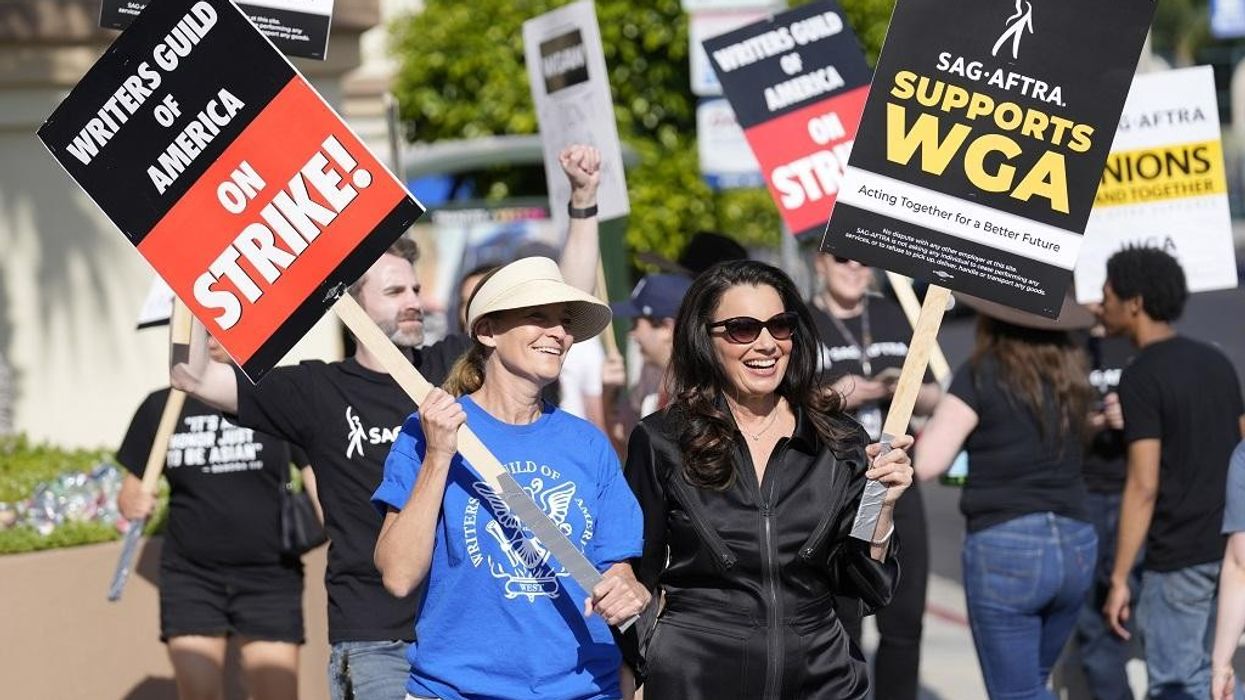
Late on the night of August 22nd, after 113 days of striking, the AMPTP leaked their proposed deal to the media.
Carol Lombardini, President of the AMPTP, said, “Our priority is to end the strike so that valued members of the creative community can return to what they do best and to end the hardships that so many people and businesses that service the industry are experiencing. We have come to the table with an offer that meets the priority concerns the writers have expressed. We are deeply committed to ending the strike and are hopeful that the WGA will work toward the same resolution.”
After the leak, the WGA said the offer “failed to sufficiently protect writers from the existential threats that caused us to strike in the first place.” And called the leak a “bet that we will turn on each other.”
They sent an email to their members which you can read below.

So what was in this deal?
You can read the whole thing below.
Let’s look at a few points if you dont have time to scan the whole document.
The Alliance of Motion Picture and Television Producers (AMPTP) proposed a contract with a wage increase of 5 percent in the first year, 4 percent in the second year, and 3.5 percent in the third year, mirroring the terms negotiated by the Directors Guild of America earlier in the year.
And the AMPTP’s proposal includes significant boosts for high-budget Subscription Video On Demand (SVOD) projects, with total worldwide residual payments increasing to $87,546 per episode for a span of three exhibition years, up from the previous $72,067. .
One key highlight in the proposal is the AMPTP’s commitment to providing more information on the performance of films and TV shows on streaming platforms. This entails sharing confidential quarterly reports with the WGA, detailing the total hours of SVOD content viewed for specific projects.
But no payment for it at all, just the idea that they can talk about that in three years time.
The AMPTP did not fully meet the WGA’s staffing requests, it put forth an alternative proposal where the Showrunner of high-budget SVOD and pay TV series to choose at least two writers for employment, along with the Showrunner, for a continuous period of at least twenty weeks in the writers’ room.
This opens a loophole where they can force staff size lower or even make producers showrunners, so again, not in line with the WGA asks.
In addition to preventing creative works generated by AI technology from being classified as “literary material” within the contract, the companies have also suggested implementing certain guidelines when management provides writers with AI-generated content that has not been previously published or used.
Without seeing AI specific wording, it;s hard to tell if this is good or not. And it still eaves writers responsible for cleaning up whatever AI ideas studios force on writers.
Let us know what you think in the comments.
Author: NFS Staff
This article comes from No Film School and can be read on the original site.
